The breathing method experts swear by to fall asleep fast — plus steps to try it for yourself
We explore how box breathing used by NAVY Seals can help you fall asleep fast

A breathing exercise used by NAVY Seals and in yogic practice might not immediately seem like it's simple enough to be adopted by anyone to help with getting to sleep more easily.
But box breathing is an easy to master form of deep breathing that, according to the British Heart Foundation, can help to reduce stress, lower the heart rate and improve sleep. It's a technique where you structure your breathing pattern by imagining a box or square (more on that below!).
Recent research testing the effect of box breathing on sleep found a "statistically significant improvement in sleep quality" in the group who practiced it, and you can practice for just a minute a day to see the effects on your wellbeing.
To explore exactly how box breathing can produce these positive benefits, improve our sleep and help us fall asleep faster, we've spoken to licensed clinical psychologist specializing in sleep and trauma, Dr. Leah Kaylor Ph.D. PLLC, and Dr. William Lu, MD, Medical Director of Dreem Health.
What is box breathing?
Box breathing, 'square breathing', and the Sanskrit 'Sama Vritti Pranayama,' are all names that refer to the same deep breathing technique.
"Box breathing is a simple, structured breathing technique that promotes relaxation by regulating your breath in four equal parts — inhaling, holding, exhaling, and holding again, typically for four seconds each," says Dr. Kaylor.
Box breathing is a simple, structured breathing technique that promotes relaxation by regulating your breath in four equal parts
According to an article published in scientific journal Family Medicine, box breathing is among "breathing exercises that are helpful in reducing feelings of anxiety, stress, or panic" and is "rooted in the yogic practice of breath regulation."
Get instant access to breaking news, the hottest reviews, great deals and helpful tips.
"Its origins are in meditation practice," explains Dr. Lu, "although more recently has become more popular as a technique used by US Navy SEALs as a way to mitigate high stress situations," he says.
It's also an effective tool to employ when you're trying to fall asleep faster, and stay asleep.
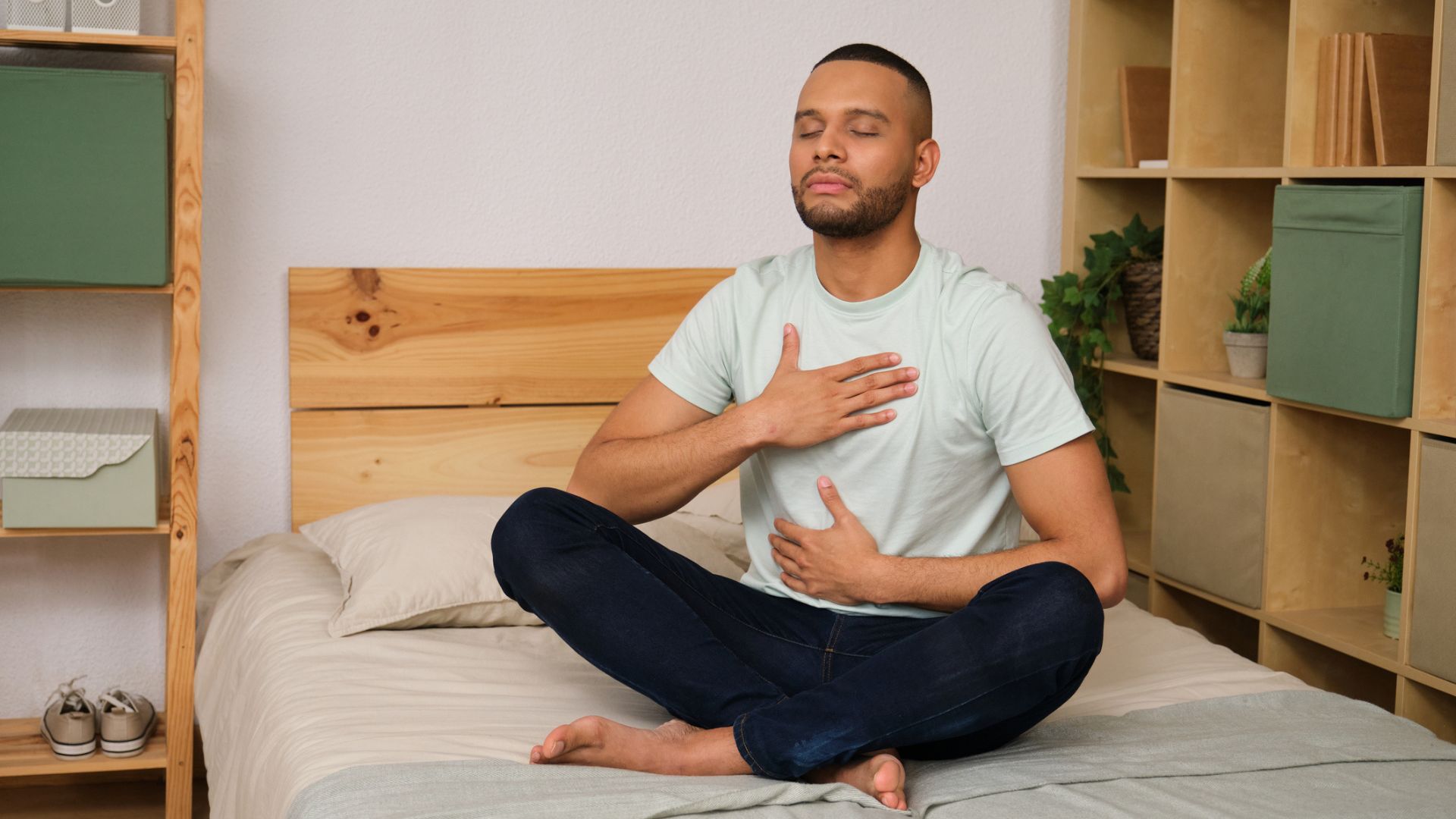
How can you use box breathing to fall asleep fast?
"Breath work is a great way to refocus away from distractions that keep us from falling asleep," Dr. Lu explains.
And while you can practice box breathing at any time of the day, if you want to use this deep breathing technique to improve your sleep latency (the time it takes to fall asleep) and quality, Dr. Kaylor has shared some easy instructions.
Start by preparing with the following steps:
- Find a quiet, comfortable space (ideally dimly lit or dark if doing this before sleep)
- Sit or lie down in a relaxed position
- Close your eyes and bring your attention to your breath
- You can visualize a square box, mentally “tracing” each side with every phase of the breath to maintain focus.
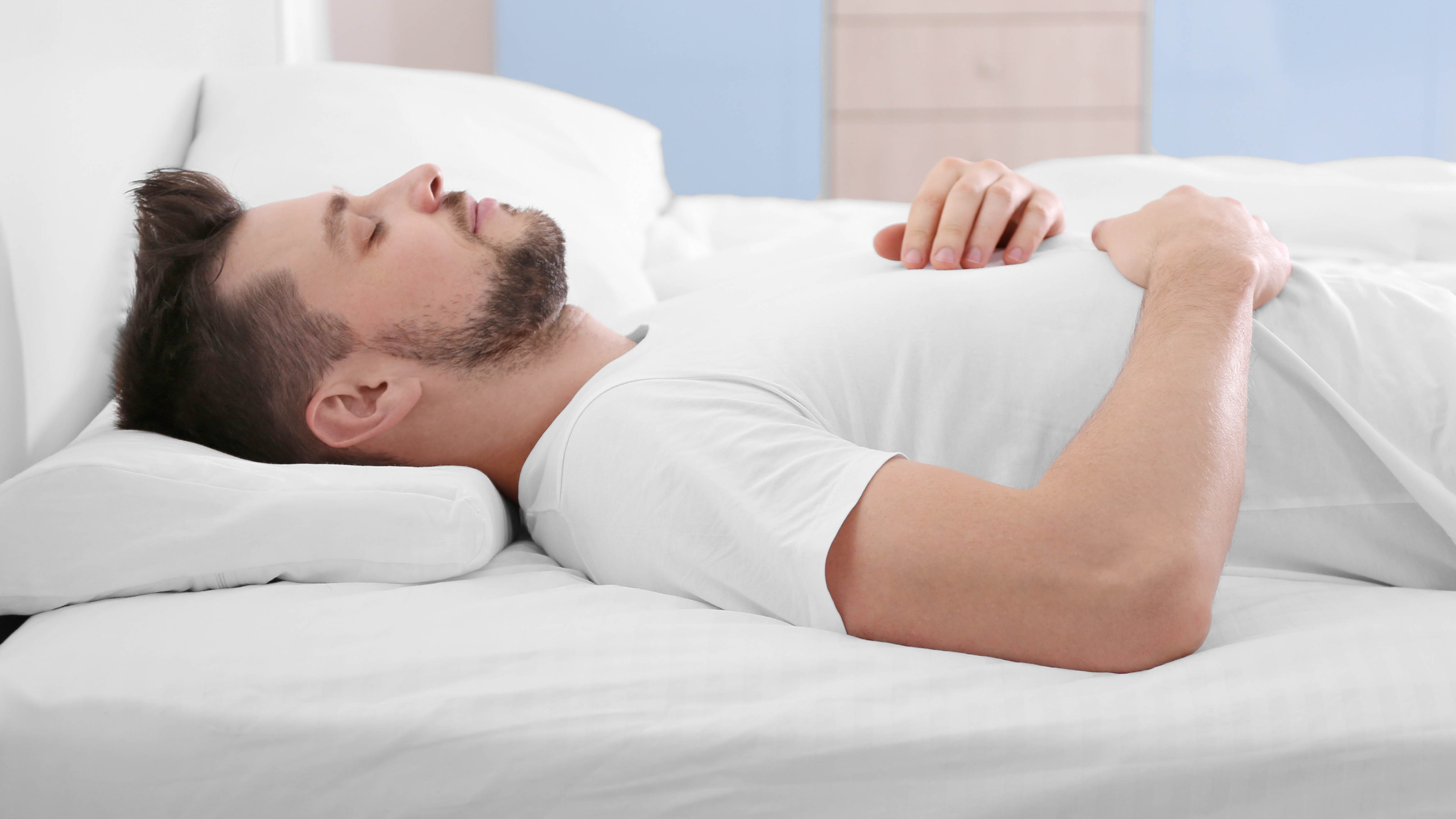
Then, you can practice the actual breathing method by doing the following:
- Inhale for 4 seconds
- Hold for 4 seconds
- Exhale for 4 seconds
- Hold for 4 seconds
- Repeat this process
How does box breathing work?
"Box breathing works by giving the brain a predictable rhythm, slowing breathing to around 4–6 breaths per minute," says Dr. Kaylor.
"This rhythm helps interrupt stress signals in the brain and recalibrates your nervous system toward a relaxed state," she explains.
This helps "prime the body for sleep" by slowing heart rate and respiration to mirror what happens naturally as you transition into sleep, activating the parasympathetic nervous system (rest and digest) instead of the sympathetic (fight or flight).
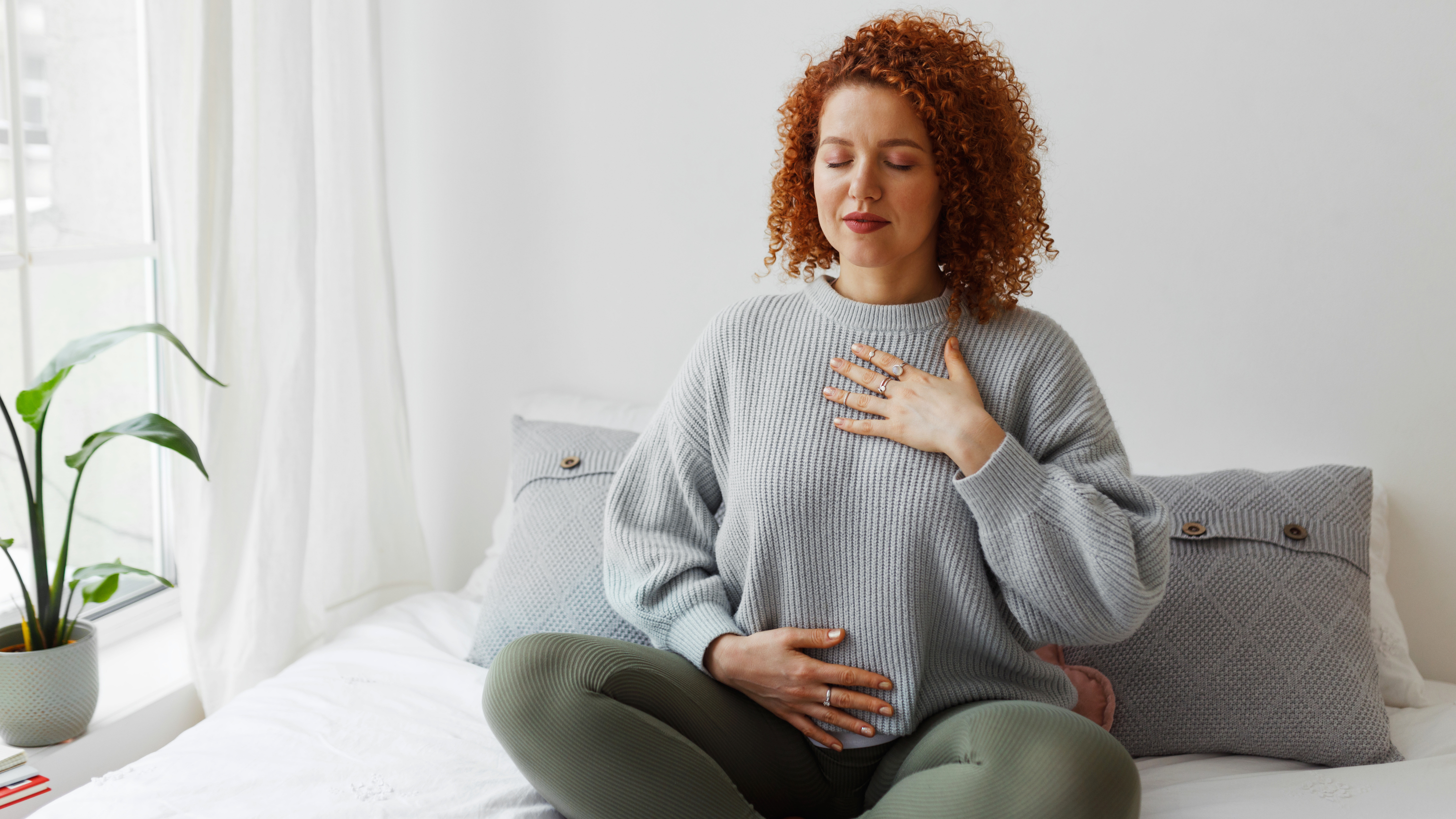
Dr. Lu explains that this is because box breathing primarily stimulates the vagus nerve, which "affects the parasympathetic nervous system".
"By promoting parasympathetic dominance, box breathing helps reverse the hyperarousal state that blocks sleep — especially in individuals with insomnia, anxiety, or high stress," Dr. Kaylor adds.
"This physiological calm makes it easier to fall asleep and stay asleep," she says.
Indeed, as well as helping you drop off, box breathing has been shown to help people sleep better throughout the night.
One study where box breathing was used as an intervention in older people with sleep disorders showed that it resulted in "a significant improvement in sleep quality."
How does it compare to the 4-7-8 method?
The 4-7-8 method, like box breathing, impacts your automatic nervous system and activates the parasympathetic nervous system to promote relaxation.
Both are rooted in pranayama, the ancient yogic practice of regulating the breath.
However, the 4-7-8 method received widespread recognition through Dr. Andrew Weil, who developed and teaches the technique, and describes it as "the most powerful relaxation technique that I've discovered."
The 4-7-8 method has more emphasis on the holds and exhales
"Box breathing has shorter breath holds and exhales than the 4-7-8 method which represents inhale for 4 seconds, hold for 7 seconds, and exhale for 8 seconds," says Dr. Lu.
"The 4-7-8 method has more emphasis on the holds and exhales which are where vagal nerve stimulation is highest," he says.
"Box breathing is best for structured calm and emotional grounding," Dr. Lu says, adding that, "4-7-8 breathing promotes deeper relaxation and is particularly effective for falling asleep fast or calming panic."
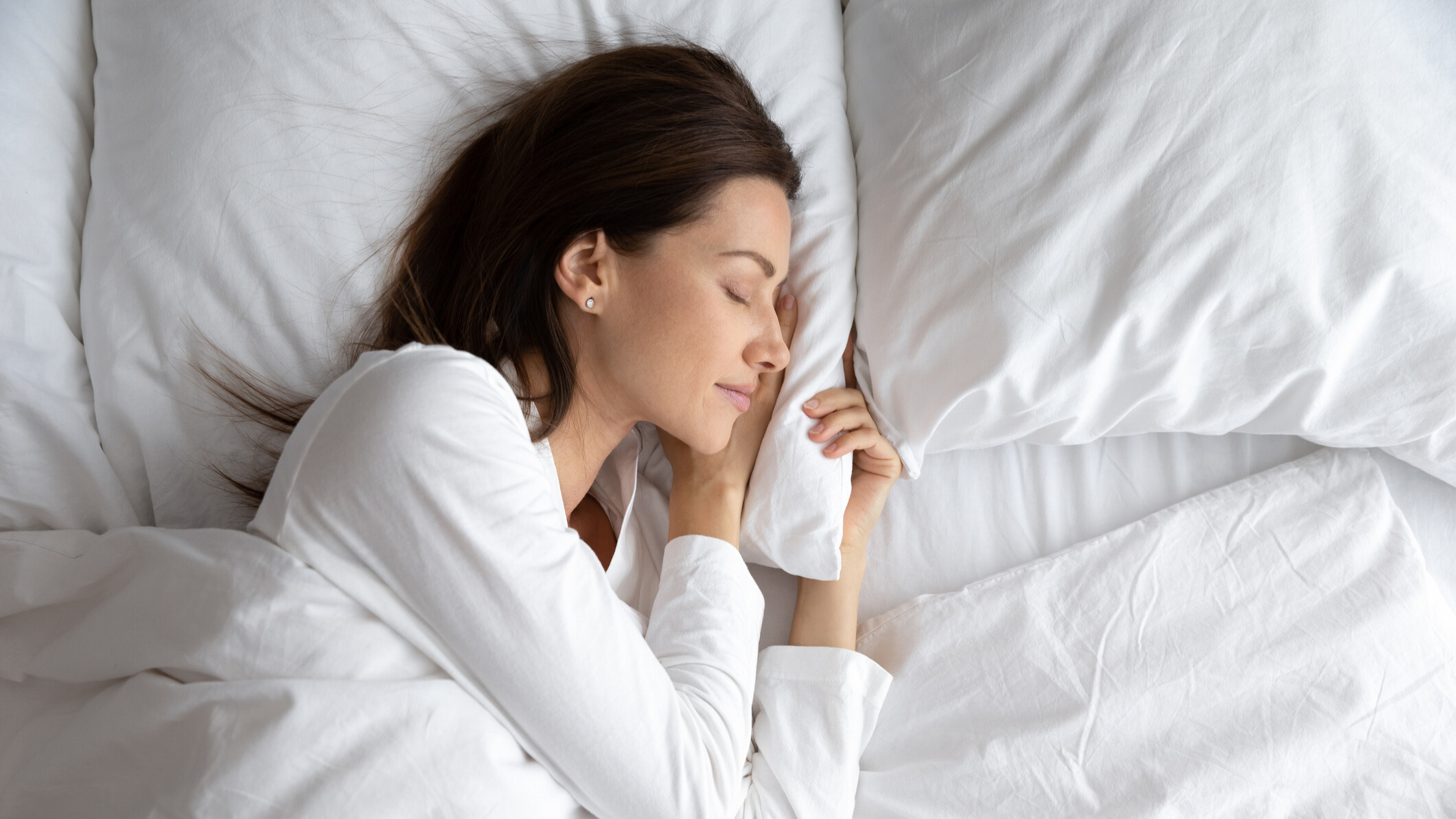
Why does deep breathing help us sleep?
Stress and anxiety relief
Anxiety and stress can manifest themselves with symptoms like a racing heart, but a session of deep breathing can help, as it should slow your heart rate down, and help you to feel more relaxed. Plus, you'll be directing you attention away from your worries, Dr. Lu says.
"Breath work is a great way to refocus away from distractions, stress and anxiety," he explains.
Research confirms that deep breathing and breathing exercises can be incredibly impactful when it comes to reducing stress and anxiety.

One study showed that a single session of slow, deep breathing reduced subjective anxiety and physiological stress in both younger and older adults.
Another study found that women who completed a 45 minute breathing exercise saw a significant reduction in their cortisol (a stress hormone) levels afterward.
Shown to produce melatonin
Melatonin is often described as the 'sleepy hormone' because of the role it plays in regulating our sleep.
Levels of melatonin generally rise in the evening and begin to drop in the early hours of the morning, which helps us to feel sleepy at the right time — at night!
Research has shown that deep breathing can increase melatonin levels, particularly if used alongside other yogic practices.
In one study, a group of 15 participants practiced deep breathing alongside yoga and meditation and after three months, their plasma melatonin (the amount of melatonin in the blood) showed an increase.
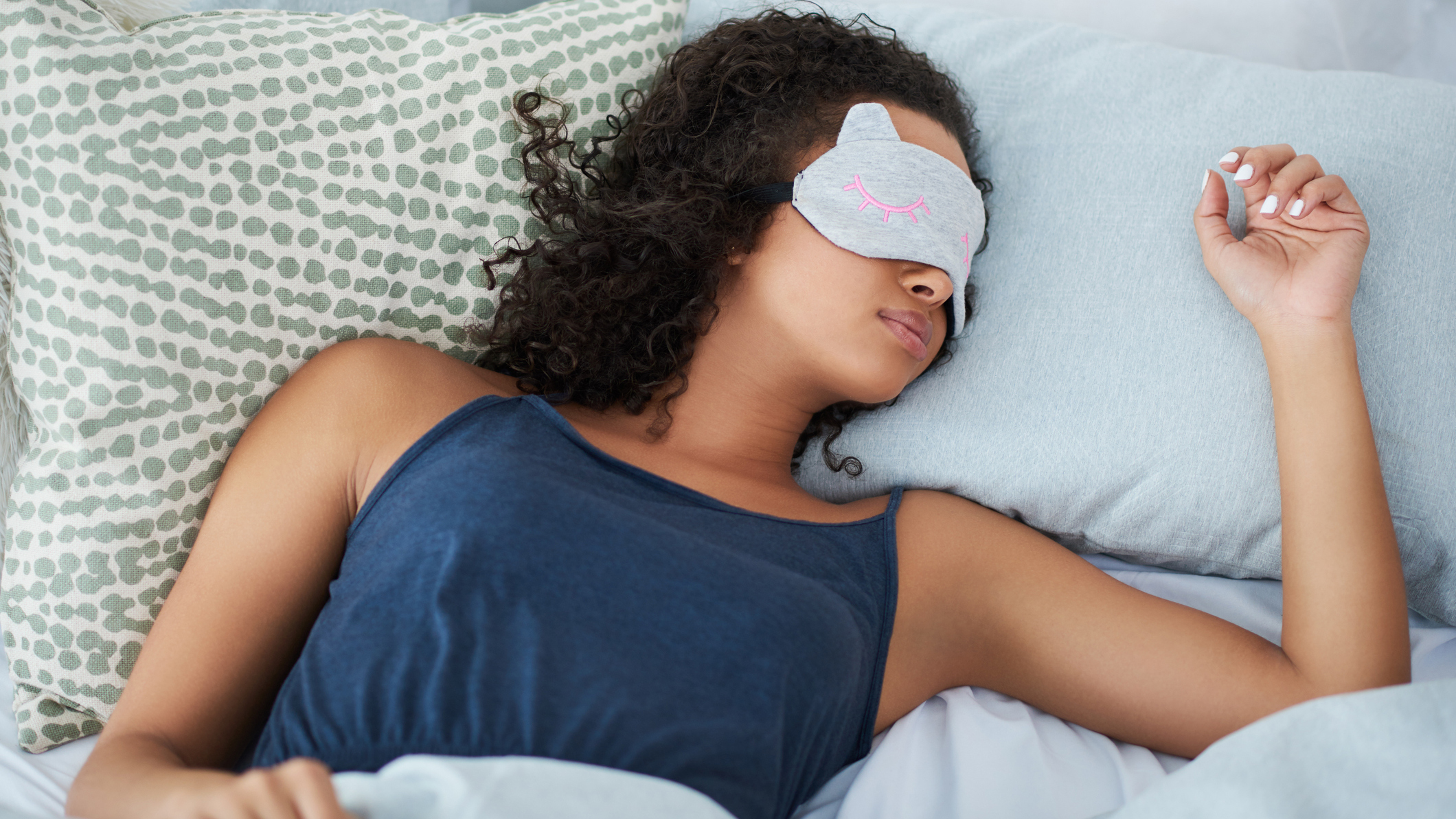
Activates parasympathetic nervous system
We've discussed here that both box breathing and the 4-7-8 method activate the parasympathetic nervous system, and the same is true of deep breathing techniques in general.
One study looking at the effect of slow, pranayamic breathing found that it affected the nervous system, "ultimately causing shifts in the autonomic balance towards parasympathetic dominance."
Deep breathing also "slows the nervous system by shifting brainwave activity from alert beta states to calm alpha and theta states," explains Dr. Kaylor.
"In short, deep breathing is one of the fastest, most accessible ways to reset the body and mind for high-quality, uninterrupted sleep," she says.
Jenny Haward is a U.K. based freelance journalist and editor with more than 15 years of experience in digital and print media. Her work has appeared in PEOPLE, Newsweek, Huffpost, Stylist, ELLE, The Sydney Morning Herald and more. Jenny specializes in health, wellness and lifestyle, taking a particular interest in sleep.
You must confirm your public display name before commenting
Please logout and then login again, you will then be prompted to enter your display name.
